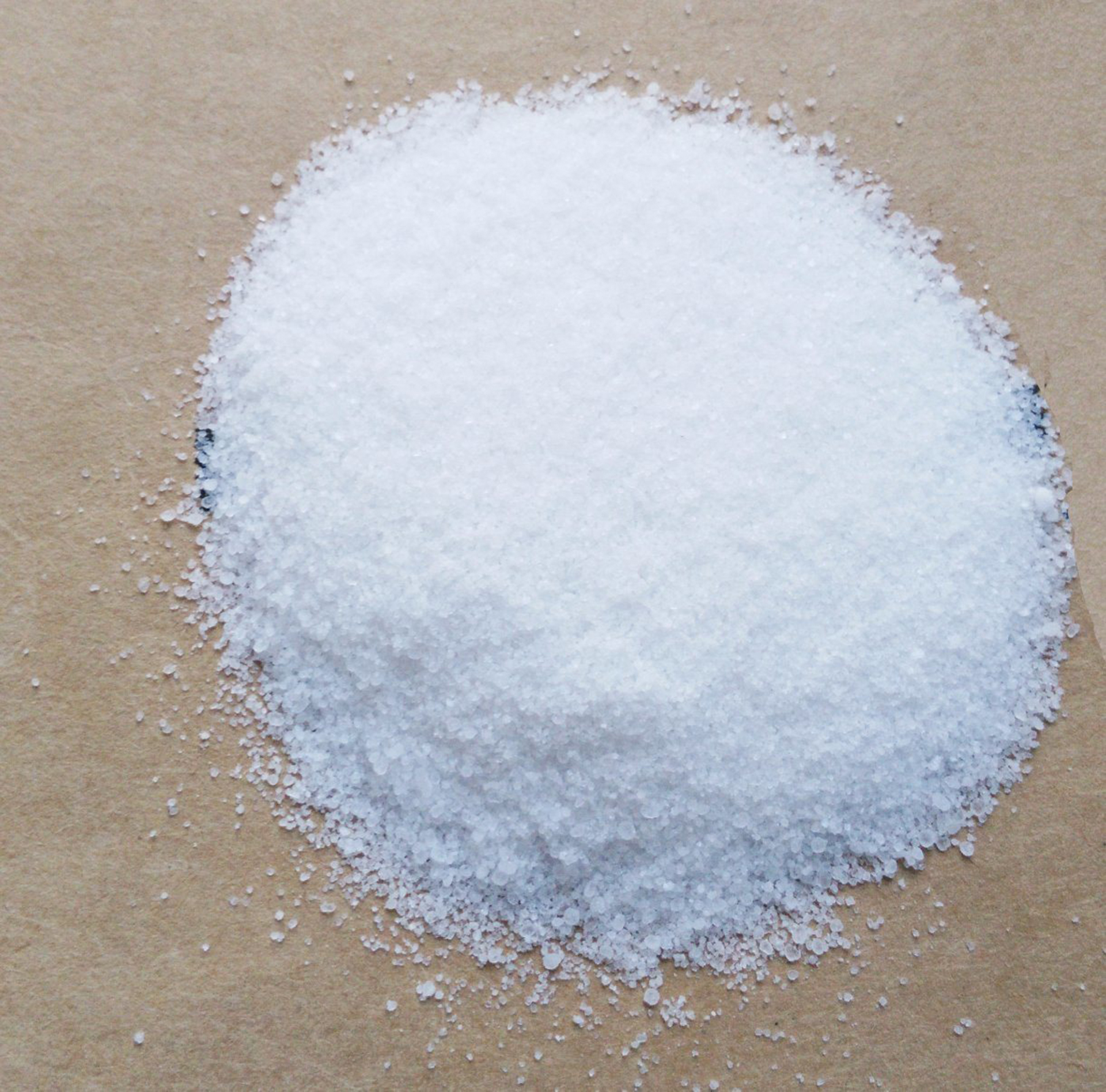



Process Overview for Producing Polyacrylamide in Industrial Applications
The Polyacrylamide Manufacturing Process An Overview
Polyacrylamide (PAM) is a versatile polymer widely used in various industrial applications, including water treatment, mining, oil recovery, and agriculture. The manufacturing process of polyacrylamide involves several critical steps that transform raw materials into a high-quality polymer. This article outlines the main aspects of the polyacrylamide manufacturing process, highlighting its significance and the technologies involved.
Raw Materials
The primary raw material for polyacrylamide production is acrylamide, a white crystalline solid soluble in water. Acrylamide is synthesized from propylene and ammonia, through a series of chemical reactions that typically involve the conversion of propylene to acrylic acid and subsequently to acrylamide. Alongside acrylamide, initiators such as potassium persulfate or ammonium persulfate, and stabilizers like sodium bisulfite, are crucial for the polymerization process.
Polymerization Process
The manufacturing of polyacrylamide involves a process known as radical polymerization
. This process can occur in an aqueous medium, which is common for producing water-soluble polymers. The key stages in this process are1. Solution Preparation The first step is to prepare an aqueous solution containing acrylamide monomers and the selected initiators. The concentration of acrylamide typically ranges from 5% to 30%, depending on the desired molecular weight and properties of the final product. The solution is carefully mixed to ensure homogeneity.
2. Initiation The polymerization process is initiated by heating the solution or adding an initiator. At elevated temperatures, the initiator decomposes to produce free radicals, which react with acrylamide monomers, forming a radical chain. This process goes through multiple stages of chain propagation.
polyacrylamide manufacturing process

3. Propagation and Chain Growth The radicals generated from the initiators continuously react with available acrylamide monomers, leading to chain growth. This stage can take place over a few hours, and the reaction time largely determines the molecular weight of the produced polymer. Higher molecular weight polyacrylamides generally exhibit improved performance characteristics in end applications.
4. Termination The polymerization process is terminated once the desired molecular weight is achieved. This can be done by cooling the reaction mixture or adding a chain transfer agent to limit the growth of polymer chains. The final mixture contains a high concentration of polyacrylamide in solution.
Recovery and Purification
After the polymerization process, the resulting polyacrylamide solution undergoes purification to remove unreacted monomers and any residual initiators. This can be accomplished using methods such as precipitation with alcohol or solvent extraction. The purified polyacrylamide is then typically dried to obtain a solid form, which is often ground into a powder for easier handling and transportation.
Applications
Polyacrylamide is renowned for its high viscosity and excellent flocculation properties, making it an ideal choice for various applications. In water treatment, it's employed as a flocculant to aid in the removal of suspended particles. In agriculture, it helps improve soil structure and water retention, while in oil recovery, it enhances the efficiency of oil extraction processes.
Conclusion
The manufacturing of polyacrylamide is a meticulous process that transforms acrylamide into a valuable polymer used across multiple industries. From precise polymerization to careful purification, each step is crucial in determining the performance of the final product. As industries continue to diversify and evolve, the importance of high-quality polyacrylamide remains significant, underpinning its role in environmentally sustainable practices and innovations. Continued advancements in manufacturing technologies promise to further enhance the efficiency and application range of this essential polymer.
-
Why Sodium Persulfate Is Everywhere NowNewsJul.07,2025
-
Why Polyacrylamide Is in High DemandNewsJul.07,2025
-
Understanding Paint Chemicals and Their ApplicationsNewsJul.07,2025
-
Smart Use Of Mining ChemicalsNewsJul.07,2025
-
Practical Uses of Potassium MonopersulfateNewsJul.07,2025
-
Agrochemicals In Real FarmingNewsJul.07,2025
-
Sodium Chlorite Hot UsesNewsJul.01,2025










